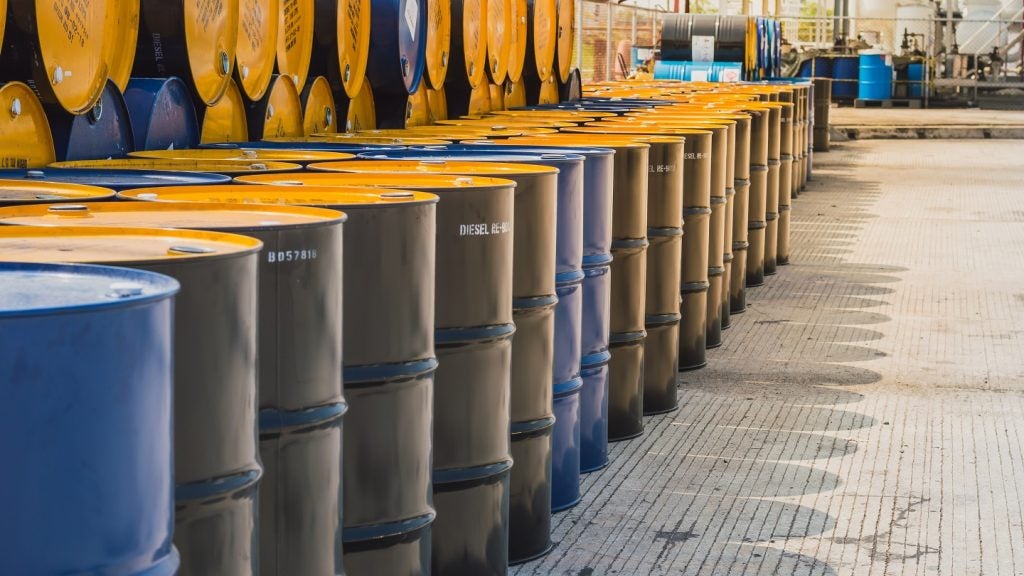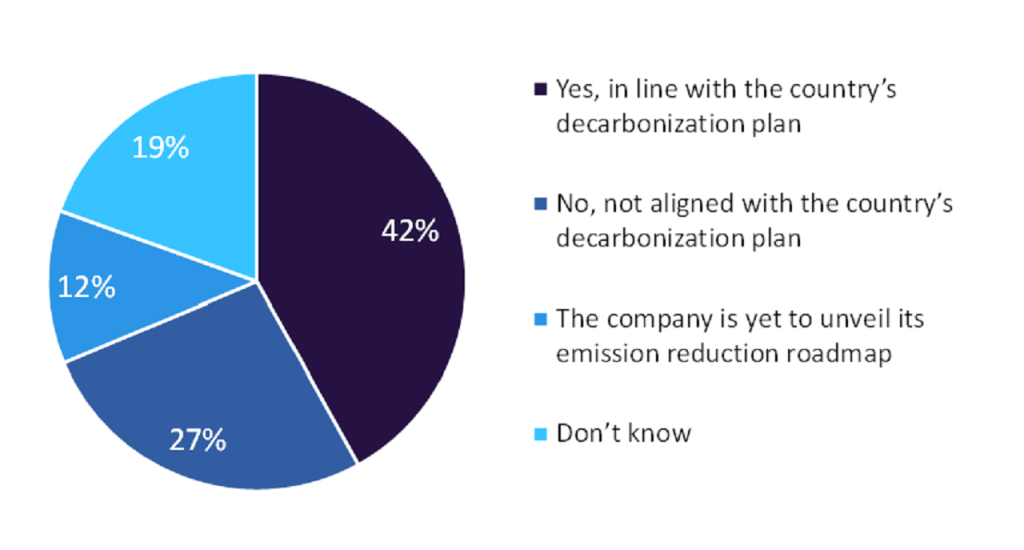Brent crude prices have reached their highest levels in more than three and a half years, trading close to $80 per barrel on account of tightening supplies and strong demand.
The spike in oil prices is a result of geopolitical risks and a decline in US crude inventories.
Brent crude futures increased 0.12% to trade at $79.40 per barrel, while US West Texas Intermediate (WTI) crude futures jumped 18 cents, or 0.3%, to reach $71.67, according to Reuters.
On Tuesday, US WTI was trading at $71.92 a barrel, a level not seen since November 2014.
ANZ Bank was quoted by the news agency as saying: “Brent is now threatening to break through $80 per barrel as geopolitical risks continue to support prices, and an unexpected fall in inventories in the US got investors excited.”
In the week ending 11 May, US crude stockpiles fell by 1.4 million barrels to 432.34 million barrels.
How well do you really know your competitors?
Access the most comprehensive Company Profiles on the market, powered by GlobalData. Save hours of research. Gain competitive edge.

Thank you!
Your download email will arrive shortly
Not ready to buy yet? Download a free sample
We are confident about the unique quality of our Company Profiles. However, we want you to make the most beneficial decision for your business, so we offer a free sample that you can download by submitting the below form
By GlobalDataGiven the steady rise in demand, US bank Morgan Stanley expects Brent prices to reach $90 per barrel by 2020.
To put the oil price rise into context, Asia’s oil consumption now costs $1tn per year, which represents a value two times of that spent during the 2015/2016 period when prices slumped.
Meanwhile, the International Energy Agency (IEA) revised its global oil demand growth forecast for this year from 1.5 million barrels per day to 1.4 million barrels per day.
Despite supply cuts by the Organization of the Petroleum Exporting Countries (OPEC) and Russia, strong non-OPEC growth is likely to result in an addition of 1.87 million barrels per day this year, the IEA noted.
In the last two years, the US crude production has witnessed a rise of 27% to a record 10.72 million barrels per day.
Goldman Sachs said that the OPEC has the room to exit its output cuts as a result of tightness in the market.





